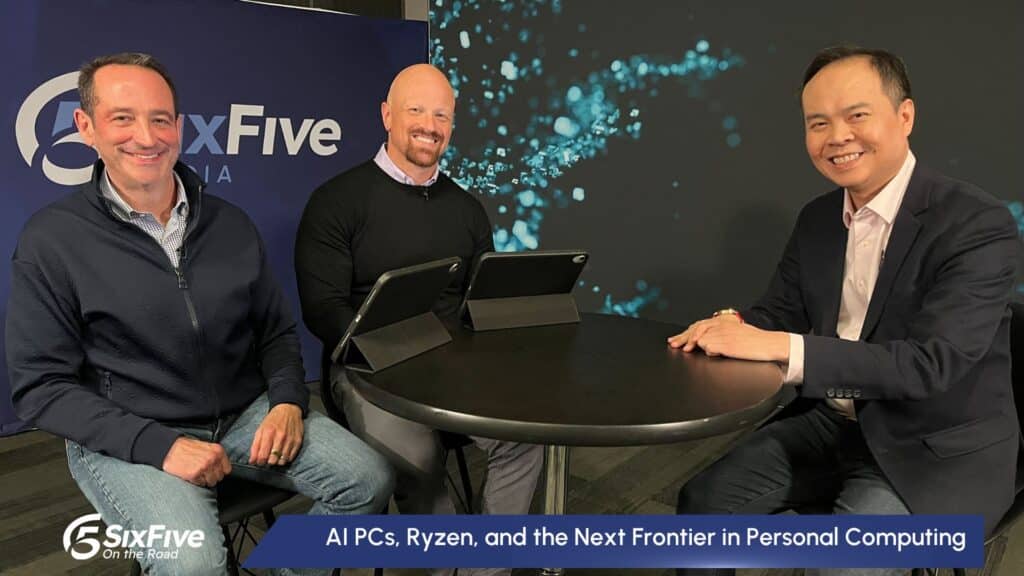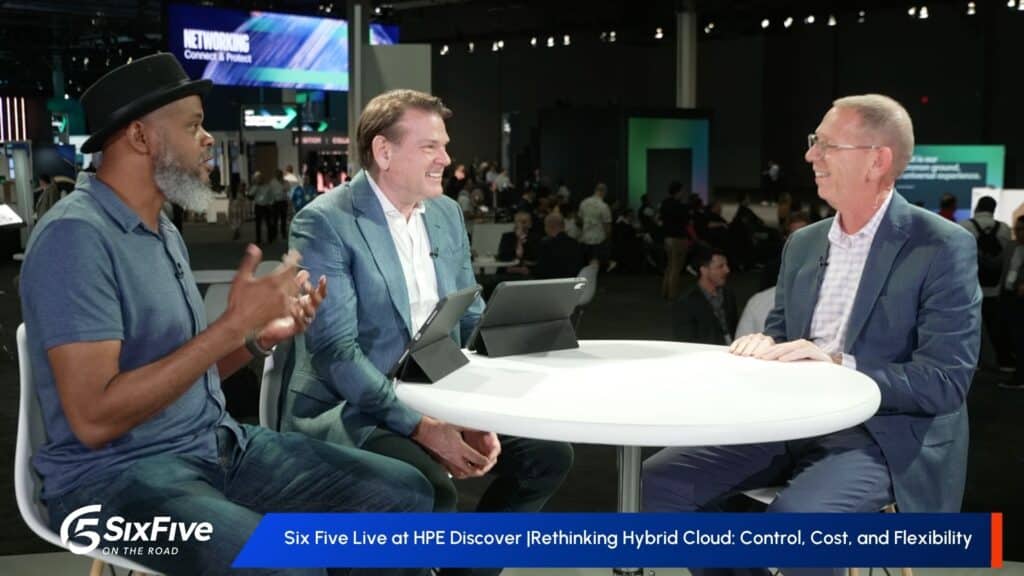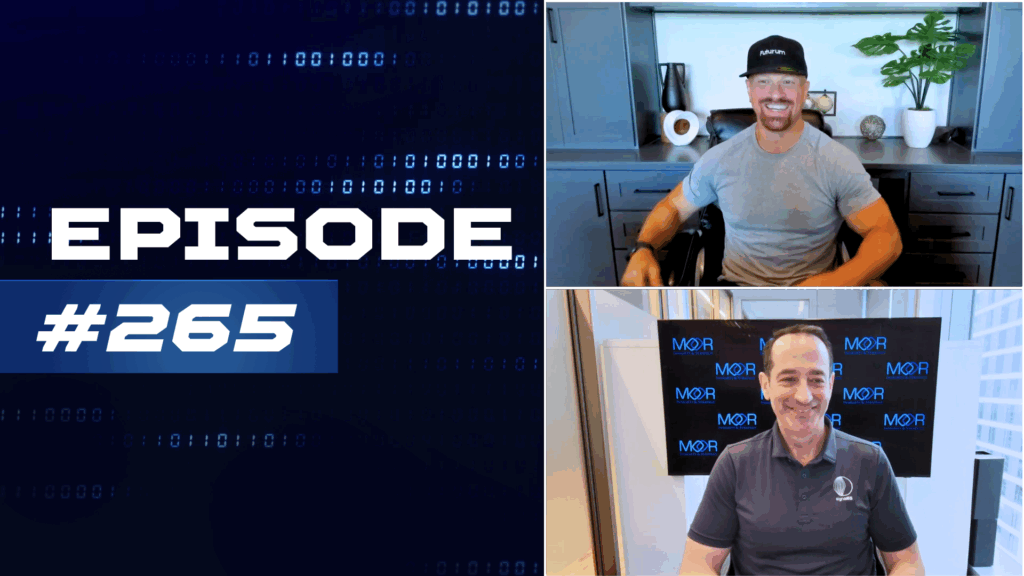In a forum on the future of government work, federal agency officials as well as executives from the private sector were unanimous in agreement that human-centered user design and human personnel were the key elements when using technology to improve CX and make citizen services more consistent and accessible.
The human-focused approach was the key takeaway as representatives from the Department of Veterans Affairs (VA), the United States Citizenship and Immigration Services (USCIS), Virginia-based business services provider NetImpact Strategies, and California-based IT platform provider ServiceNow during the ServiceNow Federal Forum 2022 held on March 10 in Washington, D.C.
Serving as a backdrop to the forum was President Joe Biden’s vigorous emphasis that government agencies deliver a better experience to their customers—the nation’s citizens who interact with the authorities in his administration or need access to official services. The issue was deemed a priority in The President’s Management Agenda Vision, and was also subject of its own executive order.
VA Shares Insights
For Barbara Morton, deputy chief veterans experience officer for the Veterans Experience Office (VEO) of the VA, findings from a survey sent by the agency on how to best streamline the VA’s web properties indicated that VA.gov was the most accessible front door for veterans. Morton then initiated a redesign of the website, working with the VA chief technology officer. Earlier this year, the agency did a soft launch of its new mobile app.
“One of the things that we wanted to do early on was bring on in-house designers and human-centered design specialists when we first set up this office back in 2015, 2016. And there were no [available employees] that were classified for that talent,” Morton said.
The VA today has its first-ever chief design officer along with a team of federally employed CX strategists and design specialists—hires that have been essential to a deeper understanding in the VA of how veterans interact with services, Morton pointed out, and in identifying the pitfalls and shortcomings of the current systems in place.
To this end, the agency has deployed a human-centered design to update the CX for veteran patients and to smoothen the process for veterans receiving healthcare from the VA. The agency is also using data and insights to improve the ease of navigation at medical centers and streamline the website properties of the VA. Following the relaunch of VA.gov, veteran satisfaction on using the website increased by more than 20%, Morton noted.
USCIS Weighs In With Experience
For Robert Brown, chief technology officer (CTO) at USCIS, improving customer service meant the use of a human-centered design framework and the employment of appropriate personnel to facilitate the mission.
“How to get to human-centered design is first and foremost,” Brown said. “Some of the things that we’ve done that bolster this… is to actually start to hire the right people and make sure that we have good, classified position descriptions so that we can hire bodies with that talent in the government.”
Brown said USCIS took two years to research and implement a new design system utilizing available data, with his office working to establish a community of excellence and a CX research base that he hopes can be used by both USCIS and its parent agency, the Department of Homeland Security (DHS).
NetImpact and ServiceNow Provide Perspectives
For Venkatapathi Puvvada, CEO of NetImpact Strategies, the current shortfall in delivering citizen services can be attributed to the failure of government agencies to make broad use of employee capabilities. The CX research base that USCIS CTO Brown spoke of, Puvvada said, can make a difference.
“Part of what we’re not leveraging is the power of the broader audience that has the mission experience within the agency and making the technology work for them,” Puvvada remarked.
“What [USIS Chief Brown] is describing is an integrated platform on which people can innovate on top of to accelerate the delivery. It is taking that business analyst and mission analyst that understand the context of what we need to do to enable service delivery, acceleration, and teaching them. It’s a no-code environment on top of this integrated platform, and I think that’s a big skill set,” Puvvada added.
For Jonathan Alboum, federal CTO of ServiceNow and moderator of the forum’s panel discussion, seeing how people interact with a service or product is important to any process that seeks to improve CX.
Key to the process, Alboum noted, is connecting the right parties: first, by connecting the people who understand the mission to those who understand the technology; and second, by connecting the people who know the technology to those who know the mission. “Now you have this amazing intersection of people who can do really tremendous things,” Alboum said.
Author Information
Alex is responsible for writing about trends and changes that are impacting the customer experience market. He had served as Principal Editor at Village Intelligence, a Los Angeles-based consultancy on technology impacting healthcare and healthcare-related industries. Alex was also Associate Director for Content Management at Omdia and Informa Tech, where he produced white papers, executive summaries, market insights, blogs, and other key content assets. His areas of coverage spanned the sectors grouped under the technology vertical, including semiconductors, smart technologies, enterprise & IT, media, displays, mobile, power, healthcare, China research, industrial and IoT, automotive, and transformative technologies.
At IHS Markit, he was Managing Editor of the company’s flagship IHS Quarterly, covering aerospace & defense, economics & country risk, chemicals, oil & gas, and other IHS verticals. He was Principal Editor of analyst output at iSuppli Corp. and Managing Editor of Market Watch, a fortnightly newsletter highlighting significant analyst report findings for pitching to the media. He started his career in writing as an Editor-Reporter for The Associated Press.







